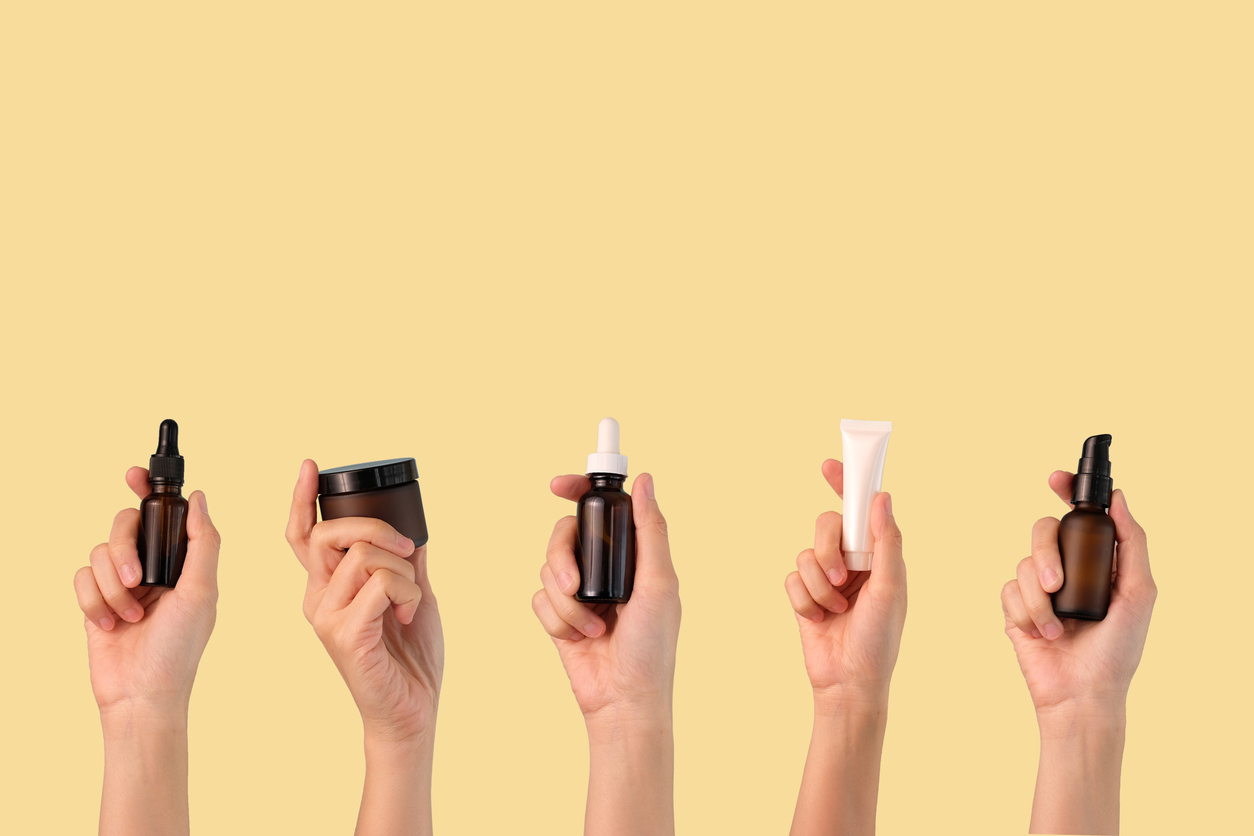
Sensitive skin can be challenging to manage, but with the right approach, it’s possible to build a skincare routine that soothes, protects, and strengthens your complexion. Sensitive skin tends to react easily to environmental factors, new products, or even changes in diet, so creating a gentle and consistent regimen is key. Whether you experience redness, burning, itching, or irritation, this guide will walk you through how to build an effective skincare routine tailored to sensitive skin.
Understanding Sensitive Skin
Before building your routine, it’s important to recognize the characteristics of sensitive skin:
- Redness and inflammation: Skin appears flushed or develops red patches easily.
- Dryness and flakiness: Sensitive skin often lacks adequate hydration.
- Tingling, burning, or itching: Reaction to products, weather, or even water.
- Prone to breakouts or rashes: Irritants trigger unwanted skin issues.
Common triggers:
- Harsh skincare ingredients (e.g., alcohol, fragrances, sulfates)
- Environmental factors (cold, wind, heat, pollution)
- Over-exfoliation or aggressive treatments
Step 1: Choose Gentle, Fragrance-Free Products
Fragrance is one of the most common irritants for sensitive skin. Opt for products labeled “fragrance-free” (not just “unscented,” which can still contain masking fragrances).
Key tips:
- Look for hypoallergenic formulas.
- Choose products with short, simple ingredient lists.
- Avoid alcohol-based or heavily perfumed products.
Ingredients to favor:
- Aloe vera
- Colloidal oatmeal
- Chamomile
- Centella asiatica (Cica)
- Squalane
Pro tip:
Always patch-test new products before applying them to your entire face.
Step 2: Start with a Gentle Cleanser
Cleansing is essential to remove dirt, oil, and pollutants, but using a harsh cleanser can strip the skin barrier and lead to irritation.
What to look for in a cleanser:
- Sulfate-free
- Non-foaming or low-foaming
- Hydrating ingredients like glycerin or ceramides
Best practices:
- Wash your face with lukewarm—not hot—water.
- Limit cleansing to twice a day (morning and night) or just at night if your skin is very sensitive.
Recommended types:
Cream cleansers, micellar water, or hydrating gel cleansers designed for sensitive skin.
Step 3: Use a Soothing Toner (Optional)
While toners are optional, a calming, alcohol-free toner can help rebalance sensitive skin and add a light layer of hydration.
What to avoid:
- Astringent toners with alcohol or witch hazel.
- Toners with added fragrance or essential oils.
What to choose:
- Hydrating toners with ingredients like rose water, calendula, or green tea extract.
Pro tip:
Apply toner using clean hands or a soft cotton pad to minimize friction.
Step 4: Focus on Moisturizing
A strong skin barrier is your best defense against sensitivity. A good moisturizer locks in hydration and shields your skin from irritants.
Moisturizer essentials:
- Fragrance-free and non-comedogenic.
- Formulated with barrier-repairing ingredients like ceramides, niacinamide, and hyaluronic acid.
- Rich but non-greasy formulas for daytime and thicker creams for nighttime if necessary.
How to apply:
- Apply moisturizer immediately after cleansing (and toning, if applicable) while skin is still slightly damp to lock in moisture.
Pro tip:
Look for moisturizers labeled as “barrier creams” or “recovery creams” for enhanced protection.
Step 5: Always Wear Sunscreen
Sun exposure can easily trigger inflammation and worsen sensitivity. Daily SPF is non-negotiable—even on cloudy days.
Best sunscreens for sensitive skin:
- Mineral (physical) sunscreens with zinc oxide or titanium dioxide.
- Fragrance-free, alcohol-free, and lightweight formulas.
Application tips:
- Apply sunscreen every morning, even if staying indoors.
- Reapply every two hours if spending time outdoors.
Pro tip:
Choose a moisturizer with built-in SPF for simpler morning routines if layering products feels heavy.
Step 6: Introduce Actives Cautiously
While sensitive skin benefits from active ingredients like antioxidants and retinoids, they must be introduced slowly and cautiously.
Safe actives to consider:
- Niacinamide: Calms inflammation and strengthens the skin barrier.
- Azelaic acid: Helps with redness and blemishes without being overly harsh.
- Low-dose retinoids: Only after consulting a dermatologist and starting very slowly.
How to introduce actives:
- Start with once or twice a week.
- Dilute active ingredients with your moisturizer if needed.
- Watch for signs of irritation and back off if necessary.
Pro tip:
Focus on barrier support first before introducing any strong actives into your regimen.
Step 7: Simplify and Stick to a Routine
Consistency is crucial for sensitive skin. Changing products too often or layering too many active ingredients can backfire and lead to flare-ups.
Keep it simple:
- Stick to a maximum of 3–4 core products: cleanser, moisturizer, sunscreen, and (optional) serum or toner.
- Introduce one new product at a time, with at least a two-week buffer before trying another.
Pro tip:
Journal your skincare to track any new introductions and how your skin reacts.
Bonus Tips for Managing Sensitive Skin
- Watch your diet: Anti-inflammatory foods like berries, leafy greens, and fatty fish can help calm your skin from the inside out.
- Manage stress: Stress can exacerbate skin sensitivity. Practice mindfulness, meditation, or gentle exercise to help.
- Sleep well: Proper rest is vital for skin recovery and maintaining a strong skin barrier.
- Be cautious with exfoliation: Limit to once every 10–14 days using a gentle enzyme or lactic acid exfoliant if necessary.
Common Mistakes to Avoid
- Over-washing or scrubbing your face.
- Using products with long ingredient lists filled with unknown chemicals.
- Skipping sunscreen.
- Not patch-testing new products.
- Constantly switching products too quickly.
Building a skincare routine for sensitive skin doesn’t have to be complicated—it just requires thoughtful product selection, a gentle touch, and consistency. By focusing on hydration, protection, and barrier repair, you can calm your complexion, reduce flare-ups, and enjoy healthier, more resilient skin. With time and the right approach, sensitive skin can transform from reactive to radiant. Start simple, listen to your skin, and build your perfect sensitive-skin routine one step at a time!







